INART Pyeongchang (이나트(INART) 평창)
2025-12-31
787 Olympic-ro, Daegwallyeong-myeon, Pyeongchang-gun, Gangwon-do
INART Pyeongchang is a permanent immersive media art exhibition venue opened in September 2025. Located within Mona Yongpyong Resort at the foothills of Balwangsan Mountain, the 4,000-square-meter media art space has been designed to present 16 diverse media art installations across 13 distinct zones. Conceived as an artistic space where light and imagination come together to awaken the senses, the exhibition features media art enhanced by sound and scent, inviting visitors into a richly sensory experience. From interactive exhibitions designed for leisurely exploration to quiet spaces for deep immersion, visitors embark on a shimmering artistic journey shaped by themes of discovery, magic, and the light of nature.
Flashback Gyerim (플래시백 계림)
2025-12-31
14 Cheonbungnam-ro, Gyeongju-si, Gyeongsangbuk-do
Flashback Gyerim, located in Gyeongju, is an immersive media art exhibition that reimagines the region’s unique narrative, from the founding of the Silla Kingdom through the period of Unified Silla, using technology, space, and light. Situated within the Bomun Tourist Complex, the venue spans approximately 5,600 square meters, making it the largest of its kind in Korea, with a maximum ceiling x_height of 11 meters.
The exhibition is designed to let visitors walk through and experience the mythological and folkloric world of Silla firsthand, offering a fully multisensory journey. Large-scale projections, high-resolution media, and immersive sound come together across 13 interconnected zones that form a single epic narrative. Through a thoughtful blend of tradition and modern technology, the exhibition delivers an experience that moves fluidly across the boundaries of time and memory.
Chocolate Land (초콜릿랜드)
2025-12-18
15 Jungmungwangwang-ro 110beon-gil, Seogwipo-si, Jeju-do
Jeju Chocolate Land, located in the Jungmun Tourist Complex, offers a variety of fun activities and experiences centered around chocolate. It features chocolate artworks in various forms from around the world, the world's first chocolate painting, an international chocolate exhibition showcasing chocolates from different countries, a photo zone for children, a chocolate-making experience area, and an observation deck. The chocolate-making experience is easy to enjoy as the ingredients and tools are provided, allowing visitors to savor both taste and fun. It is also a great opportunity to package the chocolates made and gift them to loved ones.
Ulsan Art Museum (울산시립미술관)
2025-12-17
72 Misulgwan-gil, Jung-gu, Ulsan
Opened in 2022, the Ulsan Art Museum is the first public art museum in the city. It promotes local culture and provides a space for sharing and experiencing experimental art. Reflecting Ulsan’s identity as an industrial capital in harmony with nature, the museum features immersive media art using the latest technologies such as VR, AR, and MR.
Whales Fantasium (웨일즈 판타지움)
2025-12-17
271-1 Jangsaengpogorae-ro, Nam-gu, Ulsan
Located in Ulsan, the Whales Fantasium features interactive media exhibitions that showcase the unique stories of the city. The exhibition consists of five themed spaces, each depicting whales and nature in diverse ways. Visitors can also enjoy a café and an observation deck overlooking the Whale Culture Zone and the sea.
NKDB North Korean Human Rights Exhibition Hall (북한인권전시실)
2025-11-13
393 Samil-daero, Jongno-gu, Seoul
The NKDB North Korean Human Rights Exhibition Hall is a permanent exhibition space dedicated to North Korean human rights. Although it is a small space, it resonates deeply and serves as a "dark tourism" site that records and testifies to the ongoing reality of human rights violations in North Korea. The North Korean Human Rights Information Center (NKDB), which operates this exhibition hall, is the organization that collects and archives the most extensive records of human rights concerning North Korean residents in the world. The testimonies and records presented here represent a living history, a story unfolding in the present, unavailable elsewhere. Through donated North Korean artifacts, including these records, visitors can glimpse the present-day North Korea and encounter artwork by North Korean defectors.
Noodle Platform (누들플랫폼)
2025-10-23
36 Sinpo-ro 27beon-gil, Jung-gu, Incheon
Noodle Platform is a noodle-themed cultural complex in Incheon, offering exhibitions, educational programs, and hands-on experiences centered around noodles. The three-story complex features an exhibition space that explores the development of noodle dishes in Incheon, such as jjajangmyeon (black bean sauce noodles) and jjolmyeon (spicy chewy noodles); a noodle experience zone; and an educational area where visitors can learn how to cook noodle dishes.
Incheon National Maritime Museum (국립인천해양박물관)
2025-10-23
294 Wolmi-ro, Jung-gu, Incheon
Incheon National Maritime Museum, located on Wolmido Island, is the first maritime cultural facility in the metropolitan area. Established in December 2024, the museum features permanent exhibition halls, a children’s museum, immersive video rooms, and special exhibition halls, offering visitors a glimpse into marine culture, including the history of maritime and port development.
ARTFACTORY CHARMGIROOM (아트팩토리 참기름)
2025-11-11
109 Kkachigol-gil, Gilsang-myeon, Ganghwa-gun, Incheon
RTFACTORY CHARMGIREUM, renovated from a former sesame oil factory, is a cultural complex on Ganghwado Island, Incheon, offering various media art exhibitions as well as food and beverage options. Combining art and technology, the venue provides a spacious area for relaxation and cultural immersion, making it a new trending attraction that offers visitors a unique experience.
Dosol Museum (Hanok Gallery Cafe) (한옥카페 갤러리도솔)
2025-10-23
52-71 Gilsang-ro 210beon-gil, Gilsang-myeon, Ganghwa-gun, Incheon
Located on Ganghwado Island, Incheon, the museum is housed in a traditional hanok building with a café. Adorned with pine trees, it offers a relaxing space where visitors can enjoy traditional Korean desserts and drinks on the menu. In addition, it also offers various hands-on experience programs, such as mug-making.
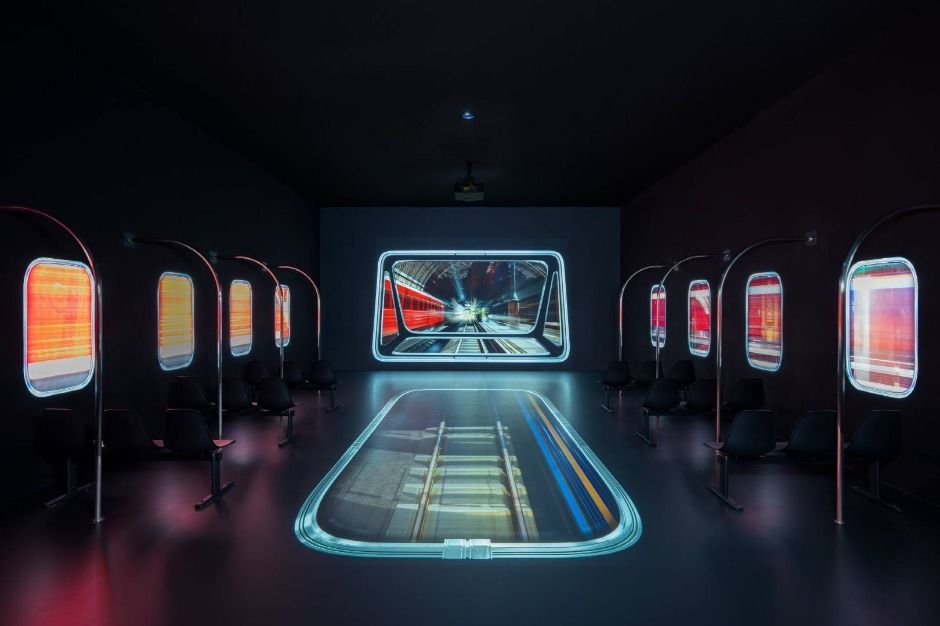
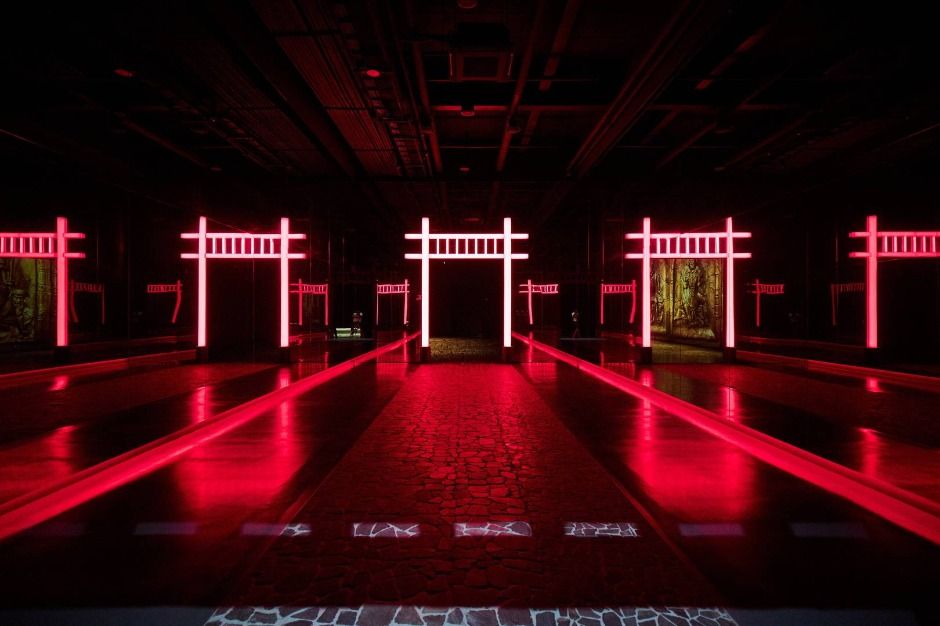
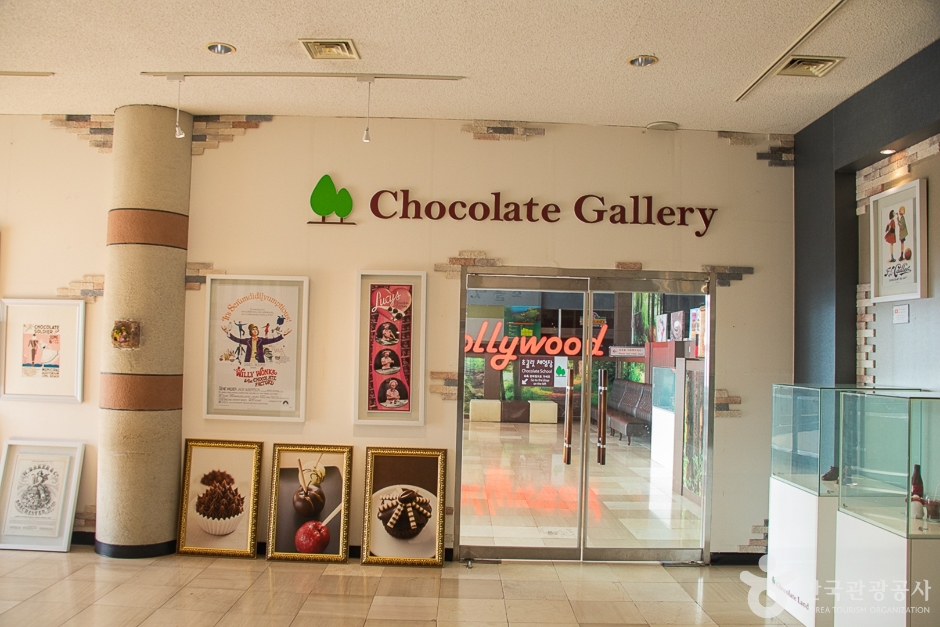
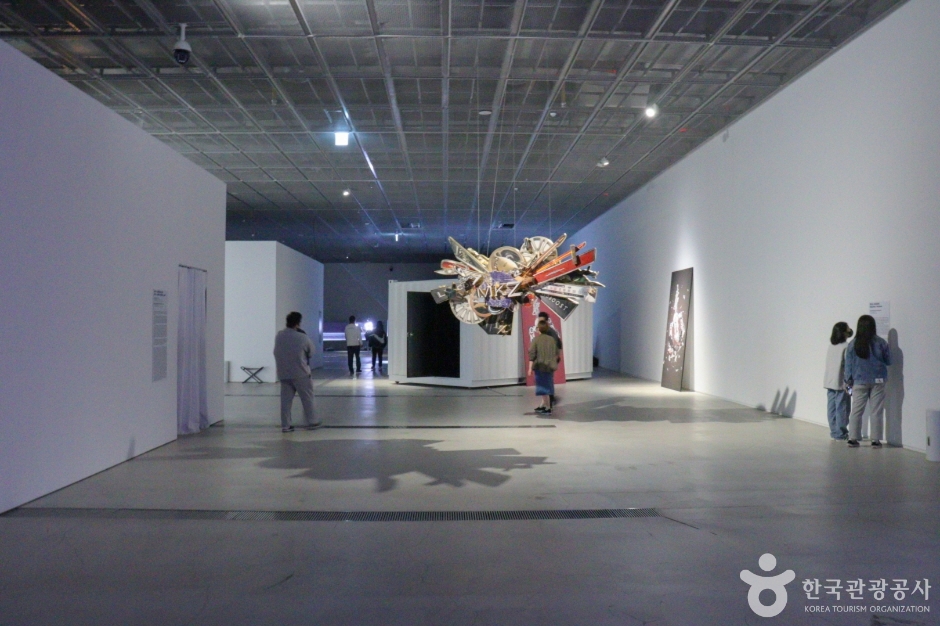
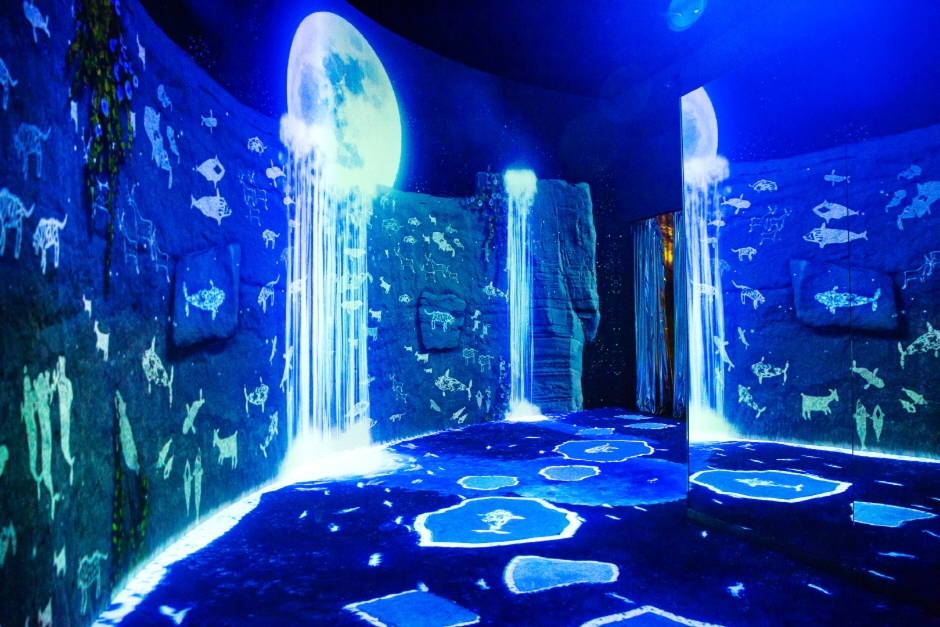
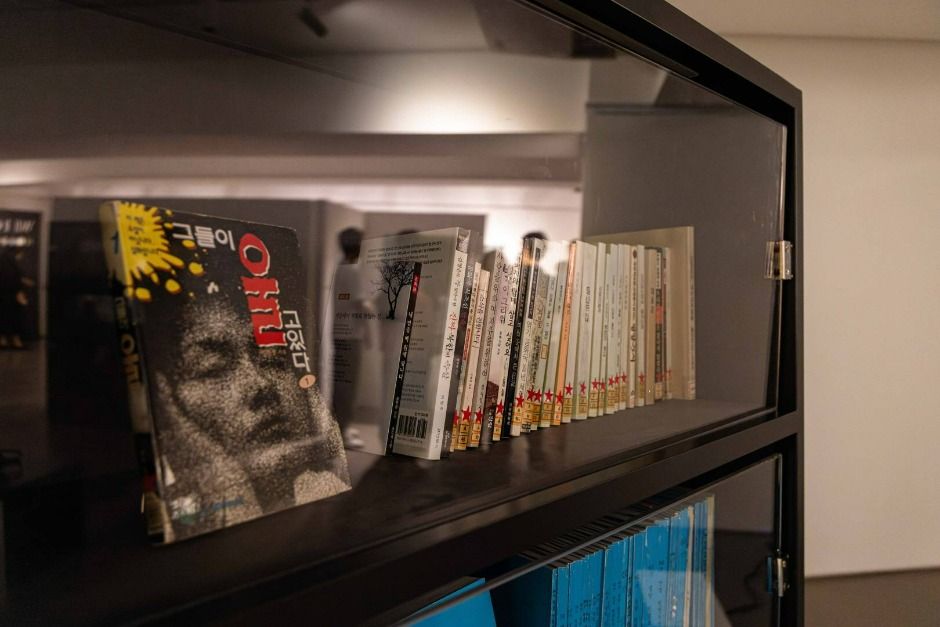
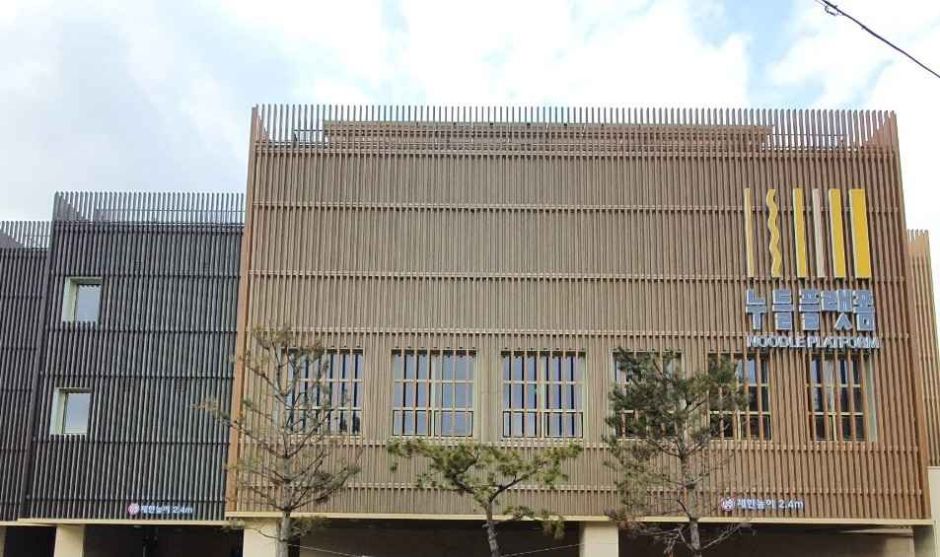
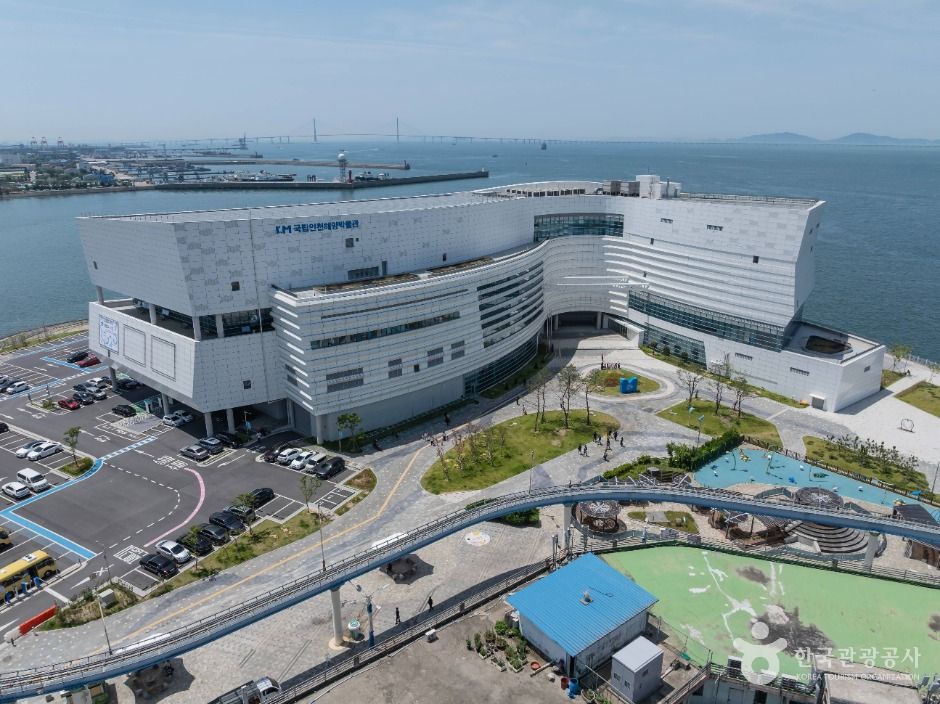
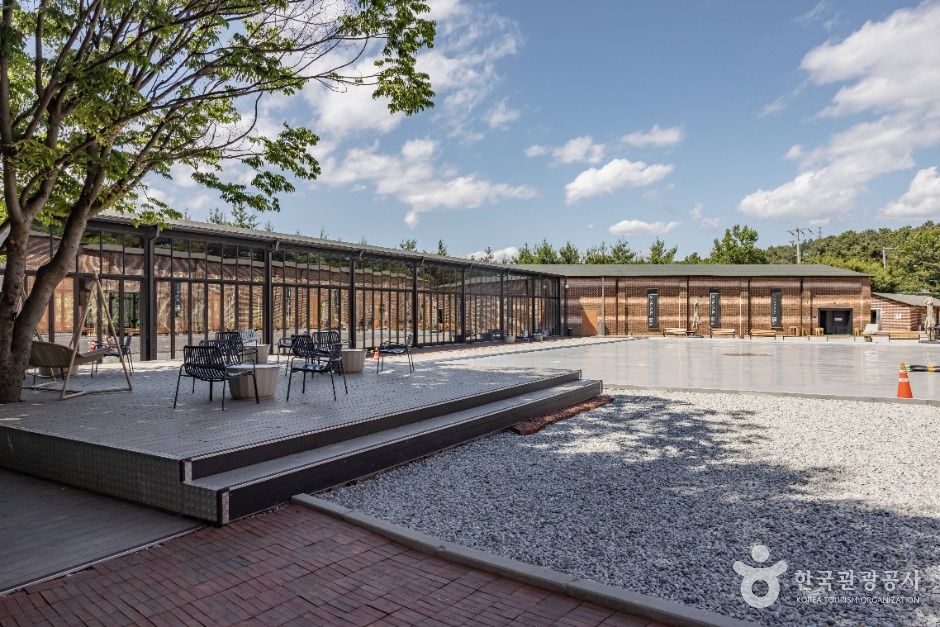

 English
English
 한국어
한국어 日本語
日本語 中文(简体)
中文(简体) Deutsch
Deutsch Français
Français Español
Español Русский
Русский